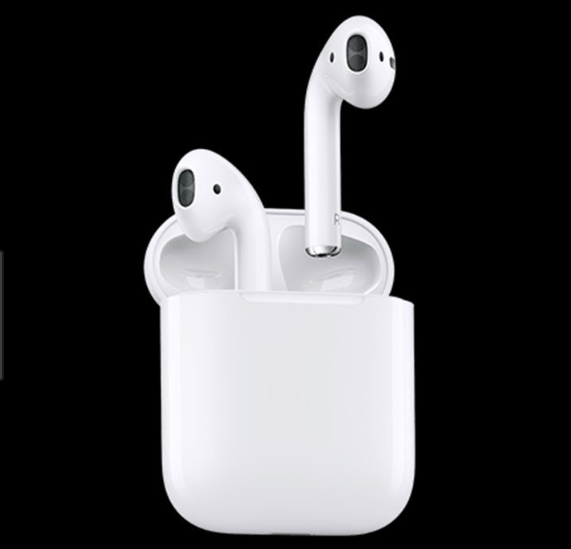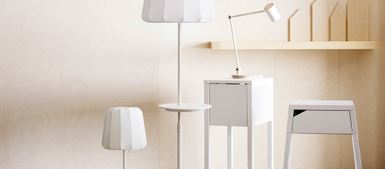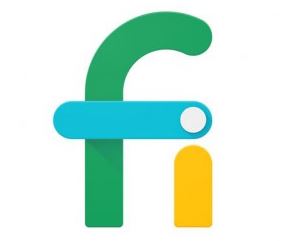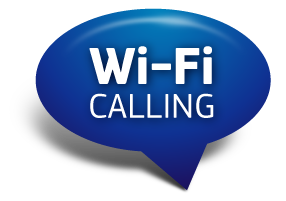Sony vs. Apple
The Earbud Battle
With open office spaces becoming more popular, focus and quiet can be problematic. Headphones or earbuds are increasingly in use at the workplace. Picking the right pair of wireless headphones is not an easy choice when there are so many options to choose from. Some say Sony’s WF-1000XM3 will be Apple’s top rival when they […]





